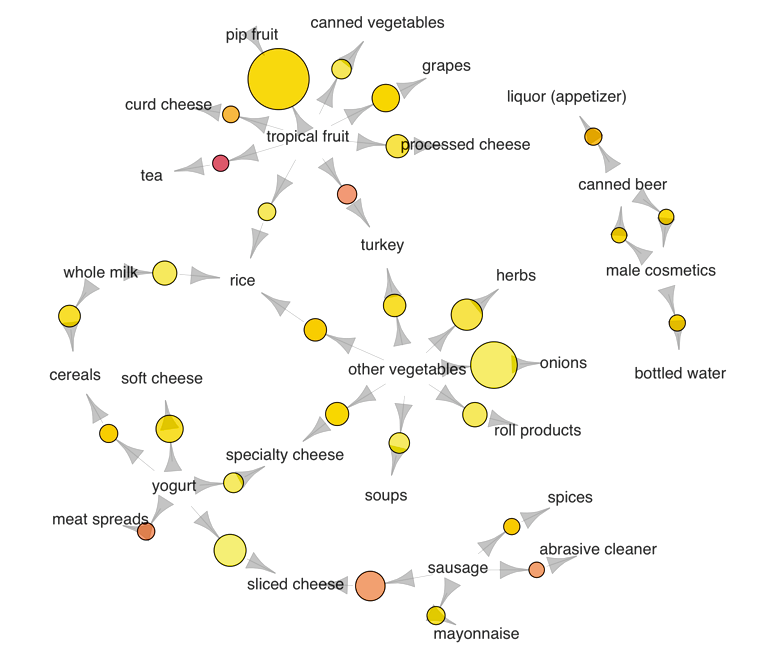Capturing User Engagement through Triadic Closure: How YouTube keeps you glued with their Feed Algorithm
With billions of users and millions of hours of engagement, YouTube represents one of the largest and most sophisticated recommendation systems in existence. Since its founding in 2005, this “pillar of the Internet” has continued to provide its users strong engagement with their platform, making abundant revenue based on their ad services allowing YouTube to generate great success. Through their Google Brain machine learning model, YouTube has been able to make a user’s feed more personalized and engaged by finding key patterns through ideas embedded in the property of Strong Triadic Closure.
The way the YouTube model started was originally to retain user engagement and growth through the use of Subscribers and Channels. From 2005 to 2012, user growth rate and engagement was largely disappointing, and there was a strong need to find ways to capture engagement through a user’s viewing patterns.
Currently, YouTube focuses on content metadata, like titles and descriptions, and user activity data (categorized through ratings, favorites, and view time). It determines a set of related videos that a user is likely to watch after viewing a given seed video. They do this through co-visitation, identifying pairs of videos watched in a given session and computing “a relatedness score for these videos”. This is largely done through properties outlined in Triadic Closure Property.
The property states that with strong ties to any two nodes, there always results an edge between those two nodes that is either strong or weak. If a video on cooking chicken biryani shares a strong connection to a video on how to make Indian mango lassi drinks, then there is a likely chance that the user watching the video on biryani will also watch the video on mango lassi. Co-visitation builds upon this by discovering the probability of the co-occurrence of items in a related set. Strong connections between two similar items are built upon one another to enhance user engagement. Combining this with the user activity data, this combined process then creates a set that traces paths of related videos from the seed set generating recommendations for the user. Once this is done, it traces paths of related videos out from this seed set to generate recommendations for the user.

Association Rule Mining Visualized
This effective way to drive user engagement has changed the entire philosophy of YouTube into a more personalized feed since its inception. More than 70% of the time people spend watching videos on the site is now driven by these algorithmic recommendations, and the aggregate time people spend watching videos on YouTube has grown 20 times larger than what it was in 2012-2013. By pivoting to engaging users based on the properties of Strong Triadic Closure, YouTube has been able to engage the world in patterns never seen before.
Sources:
https://www.theverge.com/2017/8/30/16222850/youtube-google-brain-algorithm-video-recommendation-personalized-feed
http://www.businessinsider.com/youtube-watch-time-vs-views-2015-7
http://www.kdnuggets.com/2016/04/association-rules-apriori-algorithm-tutorial.html
http://trouvus.com/how-does-the-youtube-recommendation-system-work/
